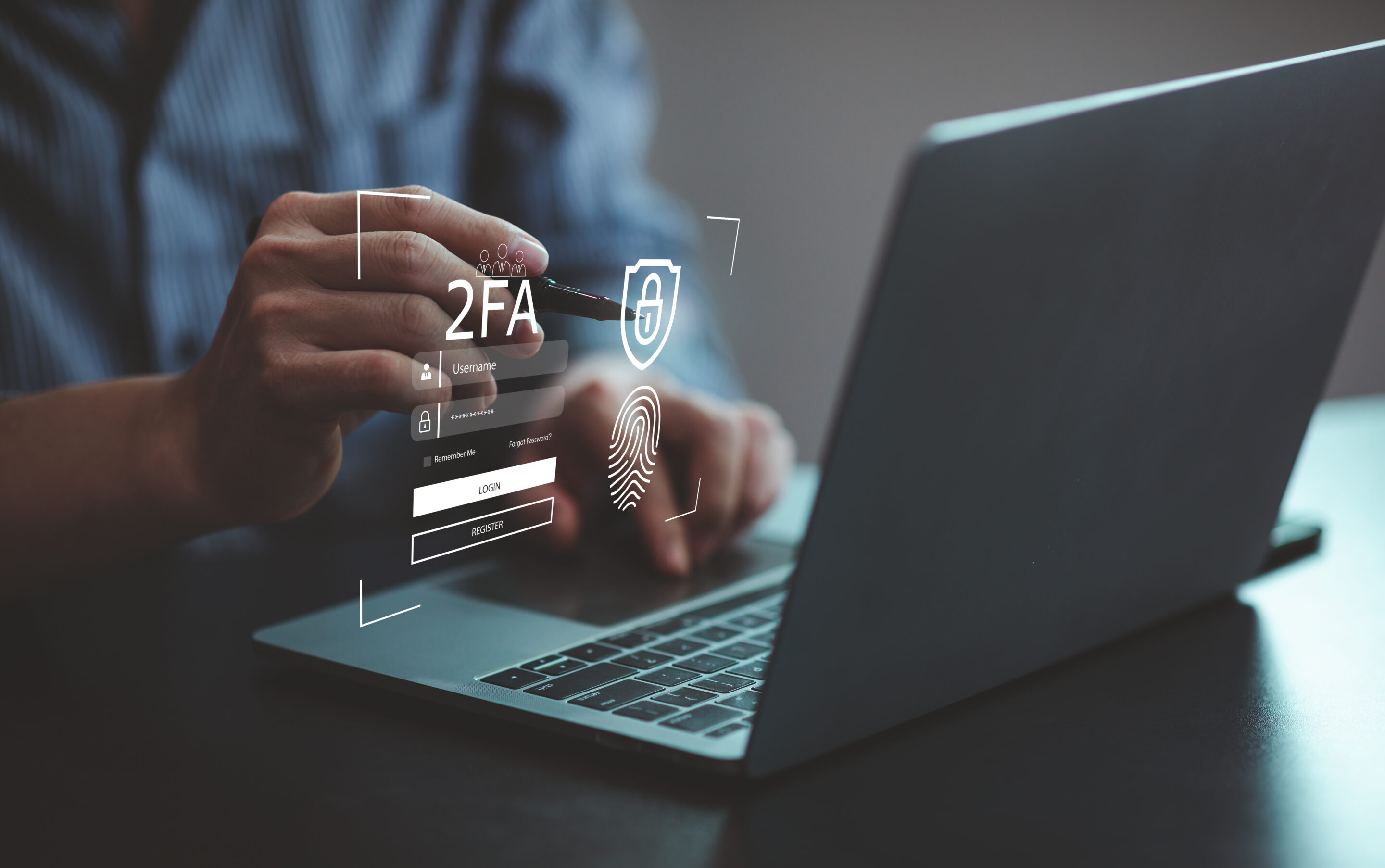Cybersecurity: How To Protect Your Data
Why should small businesses care?
Bad actors know that small business owners don’t always have the time or expertise to defend themselves the way a large enterprise can, which makes them a popular target. While you may not be concerned about hackers getting your information, 43% of attacks in 2019 targeted small and midsize businesses, according to CNBC.
We’re not here to scare you; we’re here to help! According to a security report by Verizon, 82% of breaches involve a “human element.” This can mean a password that was stolen, a weak password was re-used, or someone was tricked into typing their information on a fraudulent website or app. The good news is that the human elements of cybersecurity are easy to fix. Follow our advice to keep your small business safe from fraud:
4 Cybersecurity Tips for Small Businesses
1. Check the URL
The most common hacking techniques aren’t complex; it’s tricking people into giving their information on websites or phone calls by impersonating a business, tricking people into clicking on malicious links, and other fraudulent behaviors. That’s why checking the URL is essential. Before visiting a website, ensure the URL is a link you trust.
If you’re on your desktop, you can view a URL by hovering your mouse over the link before clicking on it. This can help you ensure that you’re visiting a safe site.
2. Use unique passwords.
The fact is that sometimes companies get breached. When you use the same password for all your logins, more of your accounts are at risk when a breach occurs.
Unfortunately, this also means that your beloved old password is already in the hands of cybercriminals, who can try that email-password combo to get into your other accounts.
We recommend you use a solid and unique password for every account.
3.Multi-Factor Authentication
Multi-factor authentication is an extra layer of security, so even if someone knows your password, they also need your phone to prove that they are you.
At GigZter we use:
- Face ID
- Touch
- Mobile authenticator code
It’s important to remember that you should never share your 2FA code. Companies will never ask you for this code via email, text, or phone. Only use it to log into the service you’re trying to access.
4. Update your devices frequently.
The companies that built your phone and computer want to keep you safe, and they have large teams constantly making updates to patch newly identified security risks. The best way to stay updated on your devices’ security is to enable automatic software updates. This is usually available from the Settings or System Preferences app.
Summary
The above four tips will help your small business reduce the likelihood of fraud. Always remember to check the URL and update your devices. And while you’re at it, make sure that your passwords aren’t all the same and that you have 2FA turned on. Keep your business safe and thriving.
Why should small businesses care?
Bad actors know that small business owners don’t always have the time or expertise to defend themselves the way a large enterprise can, which makes them a popular target. While you may not be concerned about hackers getting your information, 43% of attacks in 2019 targeted small and midsize businesses, according to CNBC.
We’re not here to scare you; we’re here to help! According to a security report by Verizon, 82% of breaches involve a “human element.” This can mean a password that was stolen, a weak password was re-used, or someone was tricked into typing their information on a fraudulent website or app. The good news is that the human elements of cybersecurity are easy to fix. Follow our advice to keep your small business safe from fraud:
4 Cybersecurity Tips for Small Businesses
1. Check the URL
The most common hacking techniques aren’t complex; it’s tricking people into giving their information on websites or phone calls by impersonating a business, tricking people into clicking on malicious links, and other fraudulent behaviors. That’s why checking the URL is essential. Before visiting a website, ensure the URL is a link you trust.
If you’re on your desktop, you can view a URL by hovering your mouse over the link before clicking on it. This can help you ensure that you’re visiting a safe site.
2. Use unique passwords.
The fact is that sometimes companies get breached. When you use the same password for all your logins, more of your accounts are at risk when a breach occurs.
Unfortunately, this also means that your beloved old password is already in the hands of cybercriminals, who can try that email-password combo to get into your other accounts.
We recommend you use a solid and unique password for every account.
3.Multi-Factor Authentication
Multi-factor authentication is an extra layer of security, so even if someone knows your password, they also need your phone to prove that they are you.
At GigZter we use:
- Face ID
- Touch
- Mobile authenticator code
It’s important to remember that you should never share your 2FA code. Companies will never ask you for this code via email, text, or phone. Only use it to log into the service you’re trying to access.
4. Update your devices frequently.
The companies that built your phone and computer want to keep you safe, and they have large teams constantly making updates to patch newly identified security risks. The best way to stay updated on your devices’ security is to enable automatic software updates. This is usually available from the Settings or System Preferences app.
Summary
The above four tips will help your small business reduce the likelihood of fraud. Always remember to check the URL and update your devices. And while you’re at it, make sure that your passwords aren’t all the same and that you have 2FA turned on. Keep your business safe and thriving.

